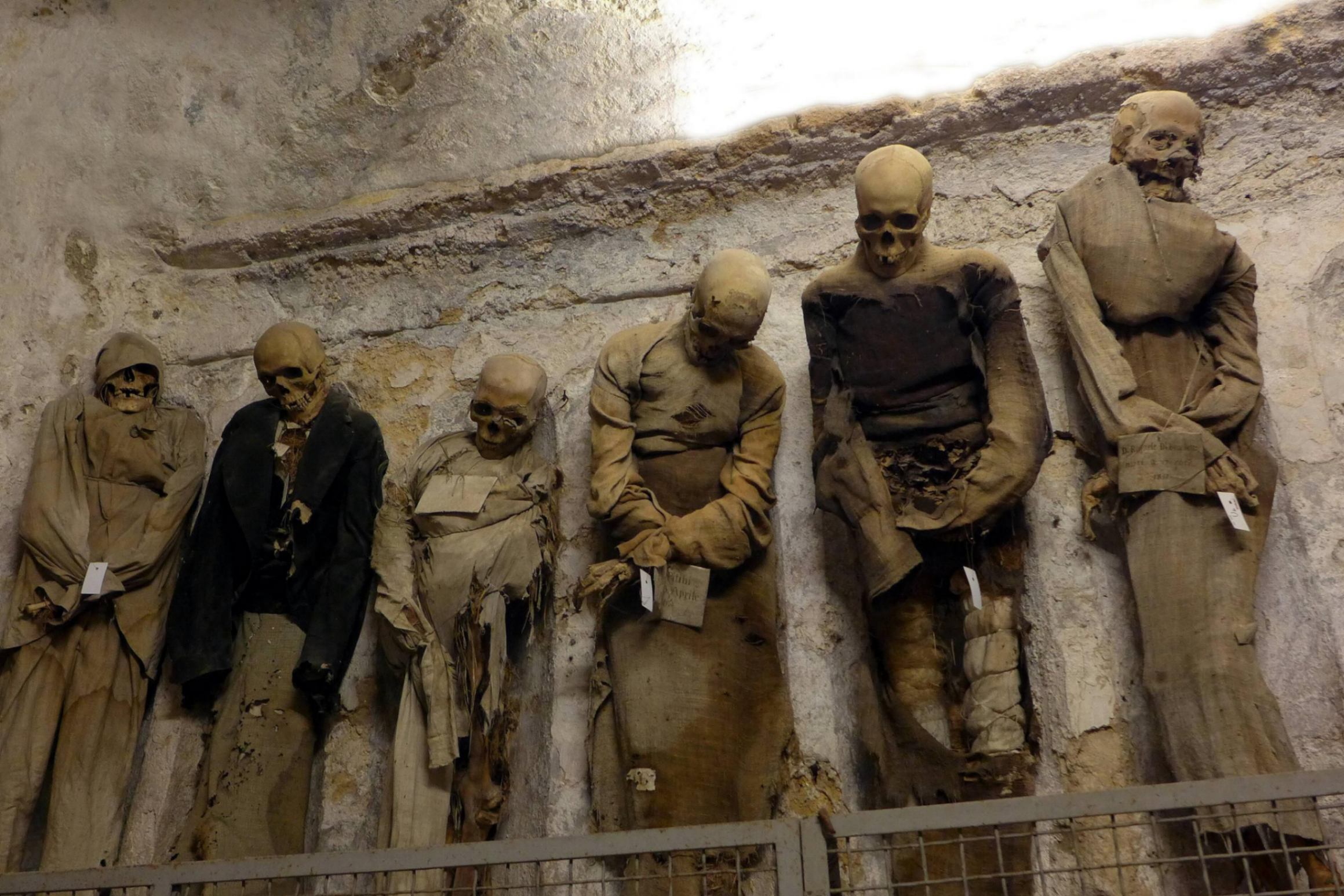Deep within the small village of Wiuwert in the Netherlands lies a crypt filled with an eerie and enigmatic secret – the mummies of Wiuwert. These astonishingly preserved bodies have captivated researchers and visitors alike, inviting them to delve into the mysteries of the past.
The mummies of Wiuwert were discovered in the 18th century when the local church underwent renovations. Beneath the church floor, a hidden burial chamber was uncovered, revealing a collection of remarkably intact mummies. What makes these mummies unique is the natural process of preservation they underwent, resulting in an uncanny state of mummification without any intentional intervention.

The mummies were laid to rest in the 17th and 18th centuries, but the circumstances surrounding their preservation remain shrouded in mystery. The absence of embalming agents or deliberate preservation techniques makes their remarkable state all the more intriguing. Some theories suggest that the specific environmental conditions within the crypt, including humidity and temperature fluctuations, contributed to the mummification process.
As visitors step into the crypt, an eerie aura permeates the air, transporting them back in time. The mummies, clad in their original clothing, stare back with hollow eye sockets, their expressions frozen in time. It is as if they silently beckon observers to unravel their secrets.